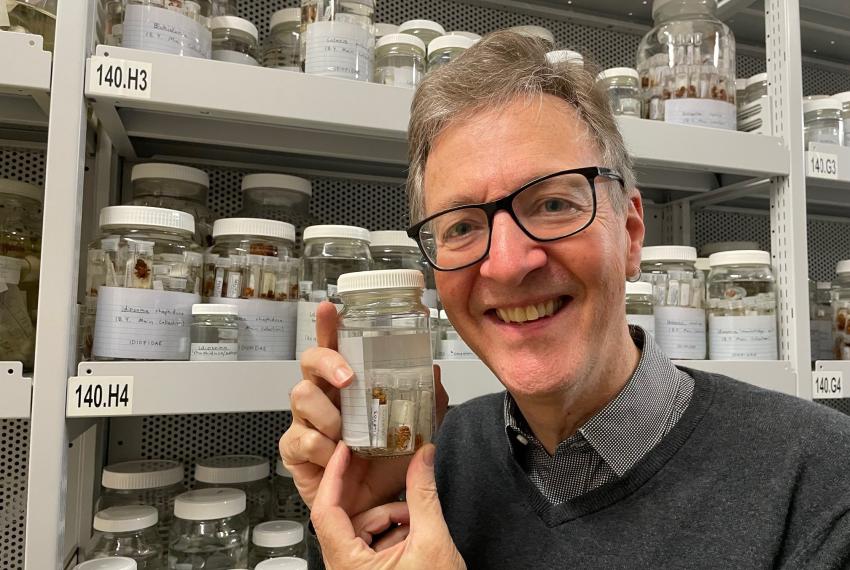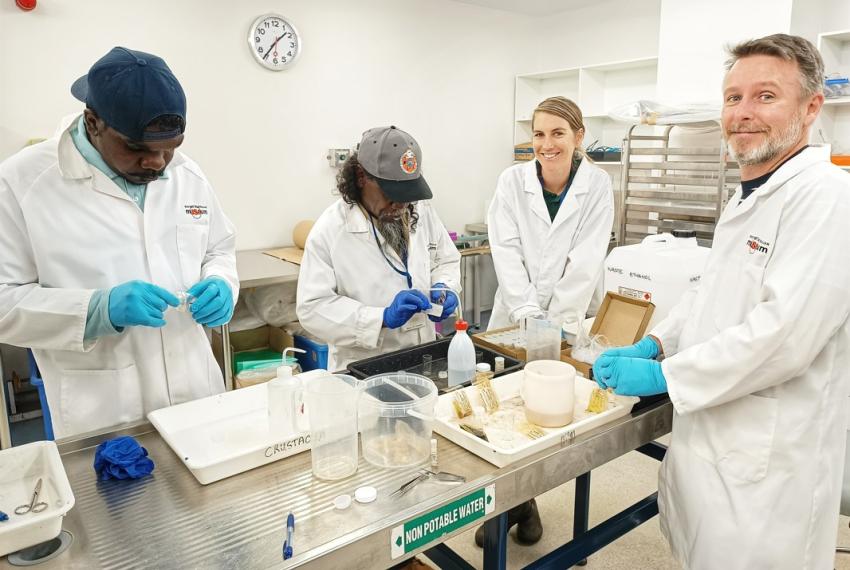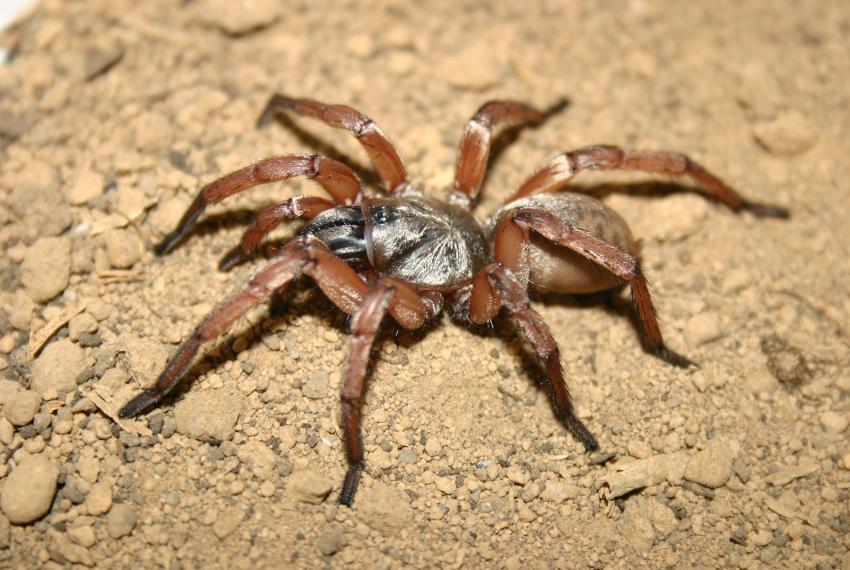
Genetic Resources
Genetic Resources (formerly Molecular Systematics Unit) facilitate the collection and analysis of molecular data from the Museum’s fauna collections, to expand knowledge of specimens and the diversity of life.
Genetic Resources facilitate the collection and analysis of molecular data retrieved from the Museum’s fauna collections.
The application of molecular techniques and tools, such as sequencing DNA, has become usual for institutions that are interested in understanding organisms, and their diversity, habitats, biology, ancestral connections, and species origins.
Genetic Resources facility consists of a range of equipment for low and high throughput analyses, and a dedicated team of research, and laboratory staff.
By extracting DNA from specimen tissue samples and carrying out molecular analyses, the unit aims to reconstruct the evolutionary history and broaden scientific understandings of Western Australian fauna, complementing and leveraging information from existing Museum collections.
The unit works closely with Museum collection and research staff, other researchers, consulting agencies, and government services in a range of research and service activities.
News and stories
The Western Australian Museum is breathing new life into decades of biological discovery through its Collections and Research Legacy Project, a major initiative designed to digitise, preserve, and share the Museum’s rich repository of specimen data with scientists and the public alike.
Coral reefs in the Kimberley region of northwest Western Australia are home to substantially greater coral diversity than first thought a new Western Australian Museum study finds.
A group of Uunguu Rangers from Wunambal Gaambera Country in the North Kimberley have taken part in an Emerging Curators Workshop at Western Australian Museum’s Collection and Research Centre to exchange cultural and scientific knowledge.
A research team led by Dr Mark Harvey from the Western Australian Museum’s Terrestrial Zoology department has discovered two new species of trapdoor spiders, bringing the total of named trapdoor spiders to over 200 in WA.



